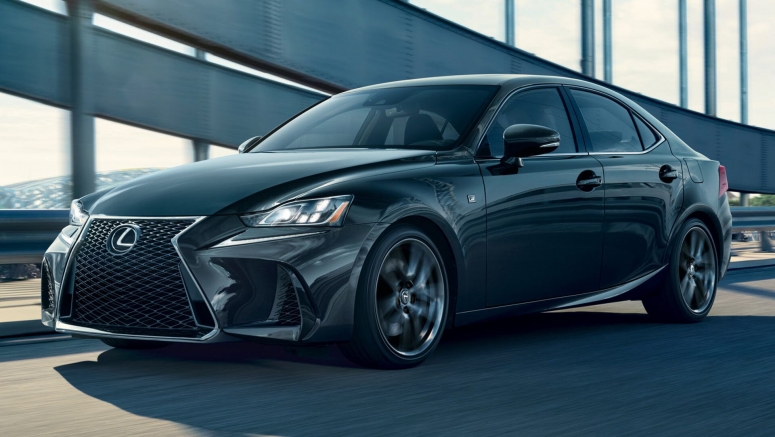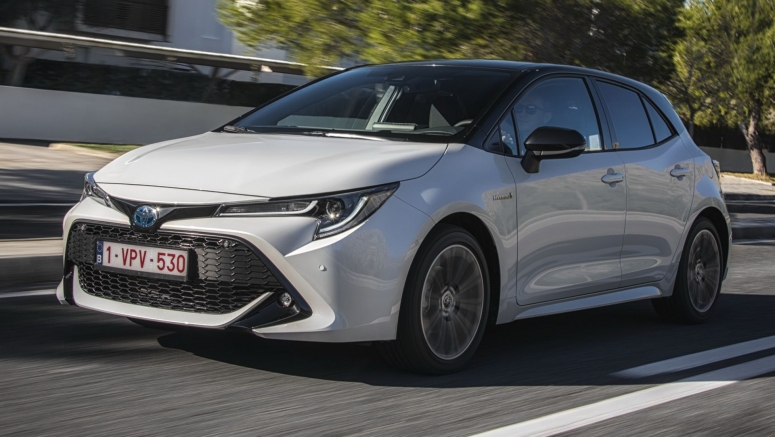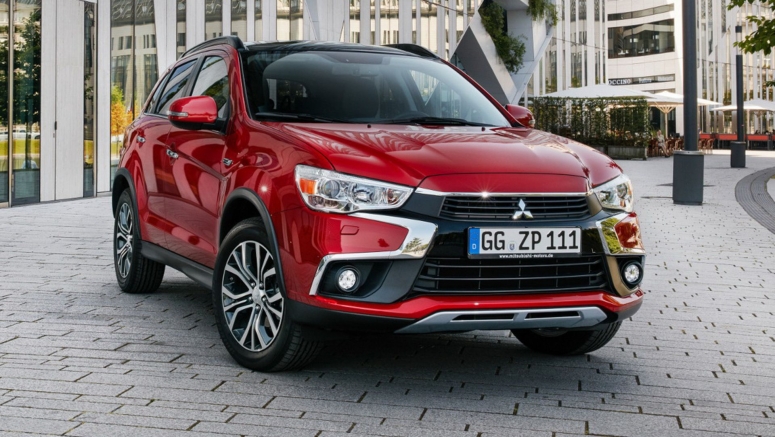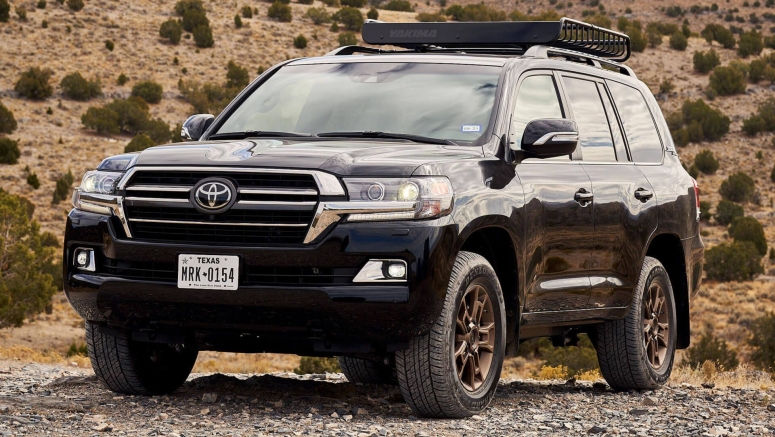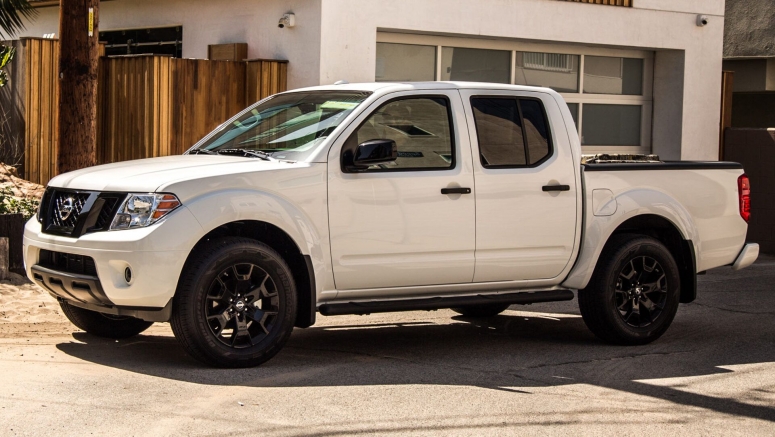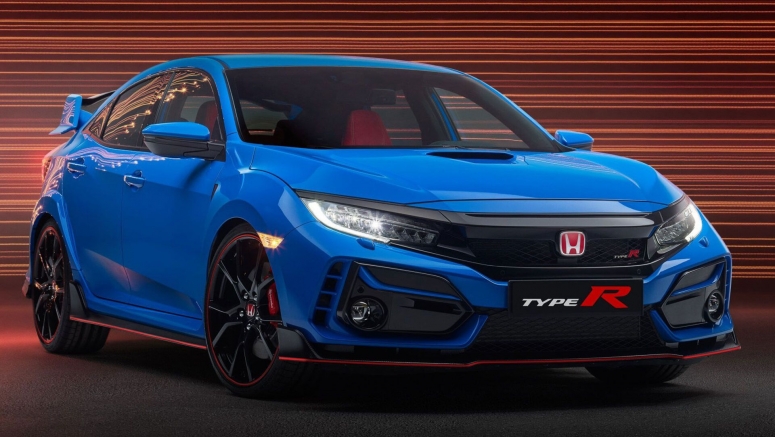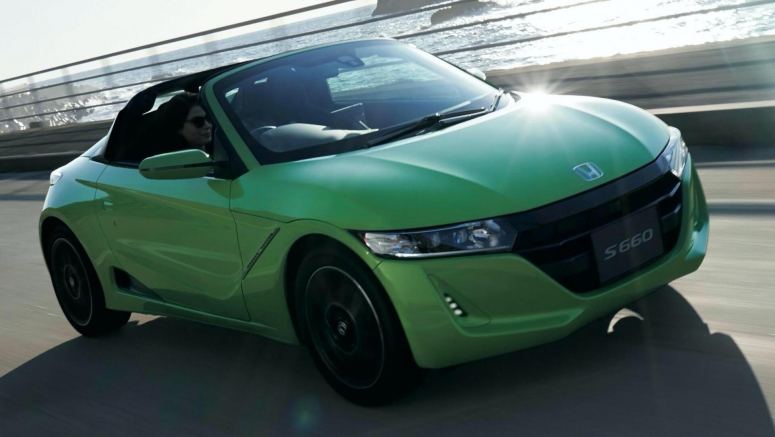Mitsubishi Outlander To Get Nissan Engine, Give Phev To Rogue Sport
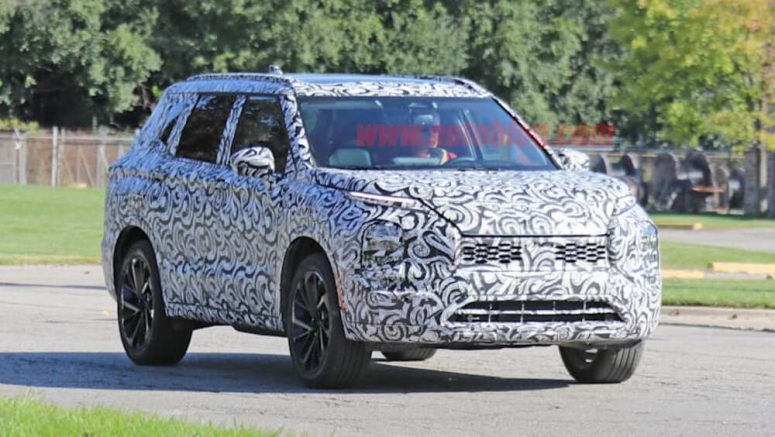
A report in the Japanese business daily Nikkei, picked up by Automotive News, said Mitsubishi anticipates using a Nissan engine in the next-generation Outlander headed our way later this year. If the report comes true, the engine swap would be a first for the Renault-Nissan-Mitsubishi alliance partners outside of Japanese kei cars. Mitsubishi engineers will have an easier time slotting in a Nissan engine as the next-gen Outlander gives up its GS platform — an architecture Mitsubishi co-developed with Daimler Chrysler almost 20 years ago — to move to a modified version of the CMF platform that supports the Nissan Rogue and Qashqai, our Rogue Sport.
Last December, Auto Express spoke to Ponz Pandikuthira, Nissan's European vice president of product planning. The exec said Nissan had two hybrid powertrains under consideration for the next-generation Qashqai, the first being Nissan's serial hybrid ePower system that's fared well in Japan where overall speeds are low, but that might not be suited to Europe's higher average speeds. As for a PHEV, Pandikuthira said, "We're not pursuing a big plug-in hybrid strategy. On some car lines we'll try it out, but the business case for plug-in hybrids is not very good."
- Published in Auto Moto
- Read more...
2021 Subaru Crosstrek 2.5-liter Mileage Almost As Good As Old Engine
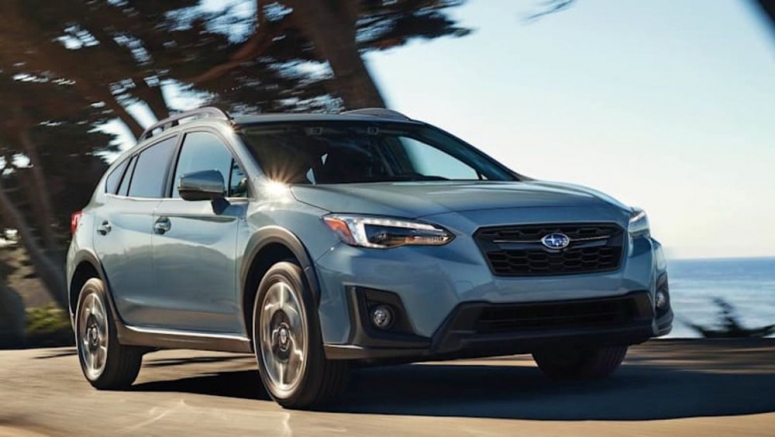
Subaru quietly confirmed the Crosstrek will receive a bigger, more powerful 2.5-liter flat-four engine for the 2021 model year. It hasn't released technical details yet, and it kept its silence when Autoblog reached out for more information, but fuel economy figures reveal buyers who order the new four won't spend more time at the pump.
Searching for the 2021 Crosstrek on the Environmental Protection Agency (EPA) website shows two engine choices: a 2.0-liter, which has been available since the model went on sale, and a 2.5-liter, which is new for 2021. The latter's fuel economy checks in at 27 mpg in the city, 34 mpg on the highway, and 29 mpg on a combined cycle. For context, the 2.0 posts 28, 33, and 30, respectively. These are tiny differences that most motorists won't notice in real-world conditions, because fuel economy also depends on a variety of factors (like driving style).
- Published in Auto Moto
- Read more...
Autoblog Podcast #622: Nissan Frontier, Mid-engine Mustang Mystery, Chevy Trail Boss, Personal Luxury Coupes
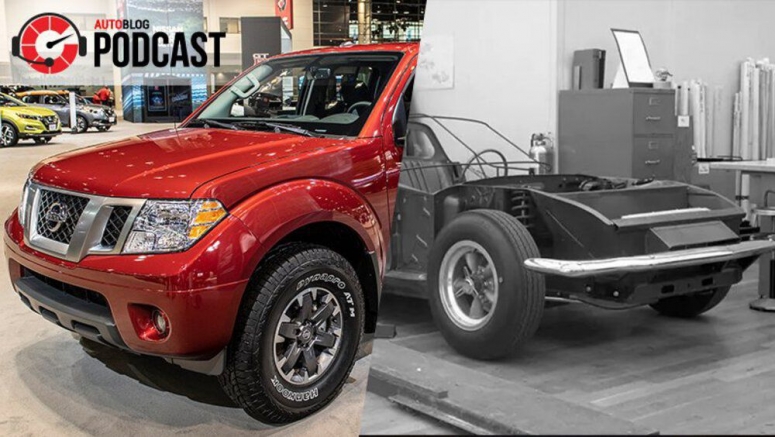
In this week's Autoblog Podcast, Editor-in-Chief Greg Migliore is joined by News Editor Joel Stocksdale and Associate Editor Byron Hurd. They discuss news about the 2020 and 2021 Nissan Frontier, as well as a mystery Mustang and classic luxury coupes. After that, they talk about cars from the fleet including Chevy Silverados and the long-term Volvo S60 T8.
- Published in Auto Moto
- Read more...
Toyota Tundra May Get 'i-force Max' Engine In Trademark Application
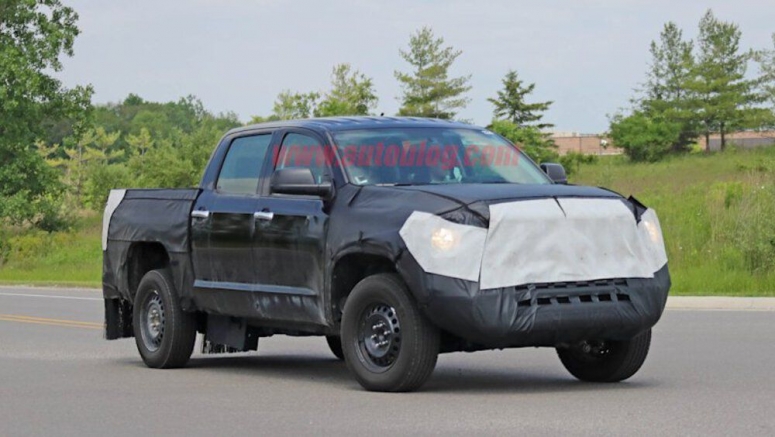
On February 18 this year, as picked up by The Truth About Cars, Toyota submitted an application to the U.S. Patent and Trademark Office to secure the term "i-Force Max." The paperwork requests the mark for "automobiles and structural parts thereof." It's thought the moniker will be applied to the rumored new engine headed for the next-generation Tundra pickup, expected next year, perhaps for the 2022 model year. The i-Force name is as old as the Tundra, appearing in 2000 on the first-gen model powered by the 4.7-liter V8 that produced 245 horsepower and 315 pound-feet of torque. When Toyota overhauled the truck in 2007, the i-Force name migrated to the new 5.7-liter DOHC V8 that made 381 hp and 401 lb-ft. At the time, that was more than could be had with any V8 from the Big Three competition, the Chevrolet Silverado's 6.0-liter Vortec Max V8 topping the challengers with 367 hp and 375 lb-ft. The Tundra hasn't moved on since then, its i-Force V8 making the same 381 hp and 401 lb-ft. in 2020.
Years of rumors have pointed to the third-generation Tundra getting a top-trim 3.5-liter twin-turbo V6 hybrid built off the same motor used in various Lexus models. Predicted output is 450 hp and 500 lb-ft., worthy numbers for the i-Force Max name if that's what ends up happening. That would put the Toyota right behind the high-output version of Ford's 3.5-liter EcoBoost V6 that makes 450 hp and 510 lb-ft., if the Tundra came out right now. We'll need to see what Ford reveals with the 14th-generation F-150 later this year, and how the domestic competition responds before the Tundra hits the market. Full-size truck buyers don't generally concern themselves with gas mileage, but the Tundra should destroy all comers if rumors of 30 miles per gallon on the highway prove true. And with a purported new chassis under the 2020 Tundra dubbed "F1," it's likely the payload and tow ratings will receive a generous increase from the current 1,660 and 10,100 pounds, respectively, in SR5 trim.
- Published in Auto Moto
- Read more...
Subaru's Next Wrx Sti May Be Pack A 400-horsepower Engine
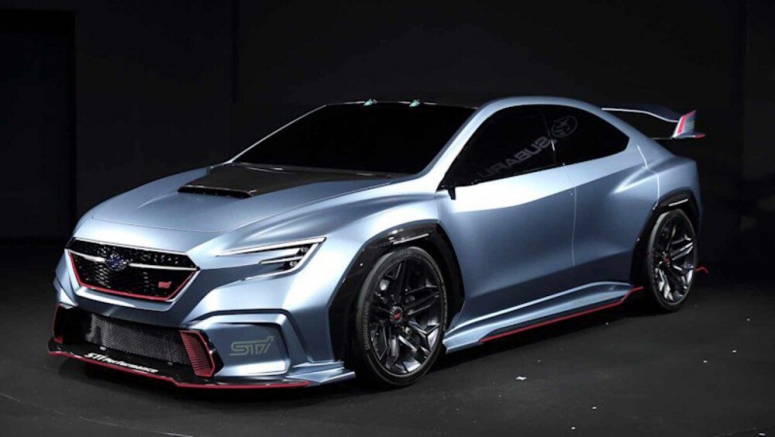
The next-generation Subaru WRX STI may boast as much as 400 horsepower from a re-tuned, 2.4L turbocharged boxer engine, making it the most powerful factory STI ever to be offered in America.
Forbes reports that an upgraded version of the engine currently offered in the three-row Subaru Ascent crossover will power the new model, rather than the 2.0-liter unit that powers the current WRX or the 2.5L found in the current STI.
- Published in Auto Moto
- Read more...
2020 Toyota Tundra Trd Pro Drivers' Notes | Suspension, Engine, Interior
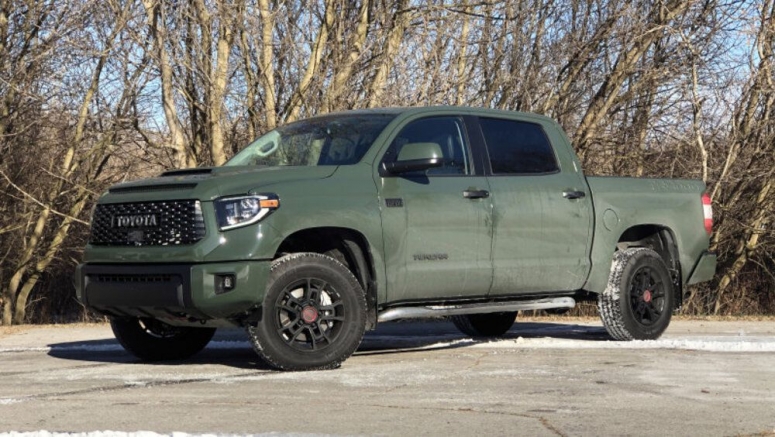
The 2020 Toyota Tundra TRD Pro is crawling into the new year with some worthwhile upgrades, but it's still the same truck we've known for a long time. Now, you can enjoy Apple CarPlay, Android Auto or Amazon Alexa on the 8-inch infotainment screen as you blast through muddy trails while taking advantage of those Fox Racing shocks, TRD springs and all-terrain tires. All the added tech is great, but the addition of Army Green to the color palette in 2020 is hands-down the best part of this year's Tundra TRD Pro. It makes the already imposing truck look even more aggressive. We love it, and we're sure truck buyers will, too. There's nothing distinctive under the hood of the TRD Pro, as it's blessed with the same 5.7-liter V8 found in any other Tundra. It makes 381 horsepower and 401 pound-feet of torque and channels that through a six-speed automatic transmission. Four-wheel drive is standard for the TRD Pro, and it accomplishes an impressively terrible 14(!) mpg combined. Unfortunately, that's about all we could manage with our week in the Tundra — using the right pedal is dangerously addictive with the TRD dual exhaust bellowing out its battle cry behind us. Toyota loads the TRD Pro up with most of the features you might want as standard equipment, so it has a steep starting price at $54,275. With that high price, you get the 18-inch BBS forged wheels, LED headlights, TRD Pro leather-trimmed interior, JBL premium audio system and Toyota's full suite of driver assistance systems that includes niceties like adaptive cruise control, lane departure alert and auto high beams among other features. Our truck only had a few accessories on it that brought the final price up to $55,020. Editor-in-Chief Greg Migliore: The Tundra TRD Pro sounds great. The 5.7-liter V8's note funneled through the dual exhaust has character. It's low and there's a bit of rumble and growl in there. An angry thrumming was produced when I jabbed the throttle. It's forceful. Sometimes, I'd put the pedal about a quarter of the way down, let the revs build and then accelerate harder while jockeying for lane position. It sounds menacing throughout the band. The black chrome treatment is slick, too. TRD trim does a lot of material and cosmetic things for Toyotas of all shapes and sizes, and the sound the Tundra makes is one of my favorite results. While I'm focusing primarily on the sound TRD gave the Tundra, I was impressed with the effect Toyota's performance arm has on the entire truck. The suspension is sprung nicely for both on and off-road dynamics, and the TRD Pro Army Green color makes this thing look the part of an enforcer. It's subtle and tasteful, yet in command.
The @Toyota Tundra TRD Pro in Army Green. I like it. TRD trim does some cool things for the Tundra. And the exhaust tuning sounds really good. @therealautoblog pic.twitter.com/Djb5j2bAqs — Greg Migliore (@GregMigliore) December 17, 2019 Assistant Editor, Zac Pamer: Toyota is finally getting around to adding Apple CarPlay and Android Auto into its infotainment systems, and this deserves some recognition. The 2020 Tundra is one of those models and it's about time as Toyota has been one of the last holdouts for implementation of the technology. It worked great on our Tundra TRD Pro tester, connecting instantly and working flawlessly the whole time. However, that's where the good stuff ends on this infotainment system. Toyota's software is still slow and behind most of the others out there. The graphics look dated, and there aren't any standout features to speak of. The interior design is similarly behind the times. The red and black TRD Pro flourishes are nice and plenty noticeable, but it doesn't fix the generally boring overall look and hard plastics. Stepping out of a new Ram 1500 and into this truck's interior will make you wonder why the Tundra costs so damn much. In a TRD Pro, some of it is forgivable because of its intended purpose as an off-road truck. Other Tundras, not so much. We've seen plenty of evidence to show a redesigned Tundra is coming, so wait it out if a competitive interior is top of mind. The current TRD Pro excels at being fun to drive, but these other sore points are where the American competitors have it nailed.
The BEST color for the Tundra TRD Pro: Army Green. pic.twitter.com/vk6EGSxWfD — Zac Palmer (@zacpalmerr) December 20, 2019 Associate Editor, Joel Stocksdale: The Tundra is an old truck, and that shows through in its stale interior and less refined driving experience compared with the latest crop of full-size pickups. That being said, there are some perks to it, some of which might be a by-product of its age. For instance, the visibility is so good, it makes this truck feel smaller than it is. The hood is lower relative to your seating position, and the pillars are nice and thin. It's a welcome change from the competition that can be nerve-wracking in tight spaces if it weren't for loads of cameras. Also surprising was the fact that the Tundra feels nimble for a big truck. Body roll is limited and the steering is quick and accurate. There's even some feedback. This is countered by a stiff, truck-like ride, but it was worth it to me. With that throaty exhaust growl, it almost felt sporty. Sure it's not the segment leader, but the Tundra still has its strong points.
- Published in Auto Moto
- Read more...
